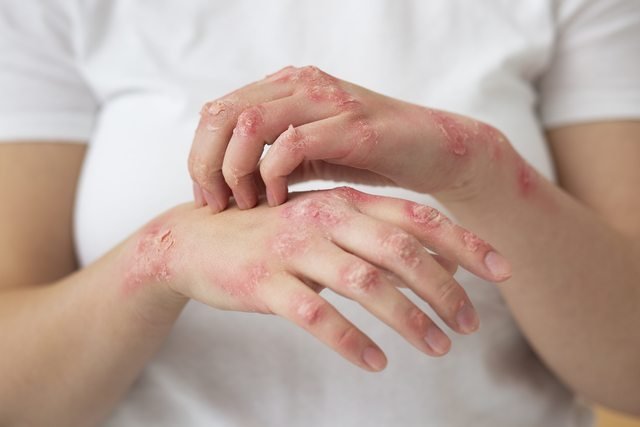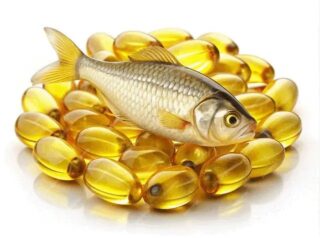Shingles Treatment: Understanding the Options for Relief
Shingles is a viral infection responsible for the varicella-zoster virus, the same virus responsible for chickenpox. This condition can lead to a painful and blistering rash, often accompanied by other uncomfortable symptoms. For individuals who have experienced the discomfort of shingles, finding effective treatment options is crucial in managing the condition and reducing its impact on daily life.
One of the primary goals of shingles treatment is to alleviate the pain and discomfort associated with the condition. While there is no cure for shingles, various treatment approaches can help manage symptoms and promote faster healing. It’s important for individuals to understand the available options and work closely with their healthcare providers to determine the most suitable course of action.
Antiviral medications are commonly prescribed to individuals with shingles to help reduce the severity and duration of the outbreak. These medications work by inhibiting the replication of the varicella-zoster virus, which can lead to a faster resolution of the rash and a decrease in pain. It’s essential for individuals to begin antiviral treatment as soon as possible after the onset of shingles symptoms to maximize their effectiveness.
In addition to antiviral medications, pain management is a critical component of shingles treatment. The pain and fiver with shingles can range from mild to severe and may persist even after the rash has cleared. Over-the-counter pain relievers such as acetaminophen or ibuprofen can provide some relief for mild to moderate pain. For more intense pain, prescription medications such as opioids or anticonvulsants may be necessary. However, it’s important to use these medications under the guidance of a healthcare professional due to their potential for side effects and dependency.
Furthermore, topical treatments can be used to soothe the discomfort associated with shingles rash. Calamine lotion or capsaicin cream may provide relief from itching and irritation, promoting a more comfortable healing process. Keeping the affected area clean and dry is also essential to prevent secondary infections and aid in the recovery of the skin.
For some individuals, especially those at higher risk of complications from shingles, vaccination can be a preventive measure. The shingles vaccine is recommended for adults over 50 and can significantly reduce the risk of developing shingles and its associated complications, including postherpetic neuralgia, a chronic pain condition that can persist after the rash has healed on long day.
In addition to medical interventions, self-care plays a crucial role in shingles treatment. Getting plenty of rest, managing stress, and maintaining a healthy diet can support the body’s immune response and promote overall well-being during the recovery period.
In conclusion, shingles treatment encompasses a combination of antiviral medications, pain management strategies, topical treatments, vaccination, and self-care practices. By addressing the physical and emotional aspects of the condition, individuals can effectively manage shingles and minimize its impact on their daily lives. Consulting with healthcare professionals is vital in developing a personalized treatment plan tailored to individual needs, ultimately promoting a smoother recovery process.





